Colorful food is a delightful experience that brings joy to the senses and adds an extra layer of fun to every meal.
After discovering some concerning facts about artificial food dyes, I realized exploring enjoyable methods of adding vibrant colors to our foods was incredibly important.
As a child, I loved anything brightly colored- especially birthday cake/cookies; I feel like most kids would agree with me. And being a parent myself, I want to allow my child to eat pretty, vibrant, and colorful foods as I did, BUT without the added artificial food dyes.
I’ve not tried all of these homemade, natural food colorings, but I have had several friends vouch that these work pretty well, especially with baking cakes, cookies, and making icings- ALL THE FUN TREATS!
So what foods/spices can we use to get the pretty colors of the rainbow??
Black - activated charcoal, squid ink, black cocoa
Brown - coffee, tea, cocoa
Pink - strawberries, raspberries (I’ve tried this one using raspberries- made such a pretty color for cake)
Red - strawberries, tomatoes
Orange - carrots, paprika
Yellow - saffron, turmeric
Green - matcha, spinach (I’ve tried this one using spinach, my daughter LOVES “Grinch” pancakes- recipe down below)
Blue - any purple fruit/veggie + baking soda (this sounds like a fun experiment!!)
Purple - red cabbage, beets, blueberries, or purple sweet potatoes; blackberries for a dark purple hue
You may be thinking- will my final product taste like the food I’m using to dye it??? Well, technically, yes. But it may not be noticeable if you’re only using small amounts. Some flavors like saffron, turmeric, or squid ink might have a stronger flavor that is not always appealing in sweet foods but flavors like fruit is typically welcomed in desserts.
It all depends on what you’re looking to achieve, and some recipes for making your own colors use sugar to make a reduction/syrup, which can make it taste slightly more appealing if you’re not into the spice or flavor of the food used. Because these natural hues may not be as stable in the presence of heat like artificial colorings, your final product, if baked, may take on a less vibrant color, more like pastels (I’m honestly okay with this).
You can either mix these into powder bases or liquid bases:
-Make a powder base by purchasing dried powders of the foods listed above, or you can make your own by buying freeze-dried fruits/veggies and grinding them in a food processor until they are a fine powder. Add the powder directly to the frosting or batter mix to achieve a colorful hue.
-If you make a liquid concentrate base, you can use fruit juice/puree. You may need to strain the pulp out of the puree/juice to get it to the right consistency, but then you can add this to batters/mixes to get the look. Some people choose to use water to make a color concentrate- If you do this, you will need to reduce it on the stove to evaporate water to get the most concentrated color possible.
A recipe we make at my house is Grinch Pancakes! I like to use the Stonyfield Organic Probiotic Yogurt Plain in this recipe, and here is a Pro Tip: You can store these in an airtight freezer bag or container and thaw them to enjoy at breakfast. My daughter loves these with peanut butter on top!

I’ve discovered that these blogs/recipes can be pretty helpful, even though they may vary. You might find one of these recipes more suited to your needs than the others.
How to Make Natural Food Coloring - DIY Food Dyes Tutorial | food52.com
How to Make Natural Food Coloring | King Arthur Baking
How To Make Natural Food Coloring | Leite's Culinaria
Natural Food Coloring: How to Make Homemade Food Dyes | nourishingjoy.com
- McDowell, E. J. (2022, February 4). How to make natural food coloring from ingredients in your kitchen. Food52.
- Day, C. (n.d.). How to make natural food coloring. King Arthur Baking.
- Leite, D. (2023, April 5). How to make natural food coloring. Leite’s Culinaria.
- Faber, K. (2023, February 7). Natural food coloring: How to make homemade food dyes. Nourishing Joy.



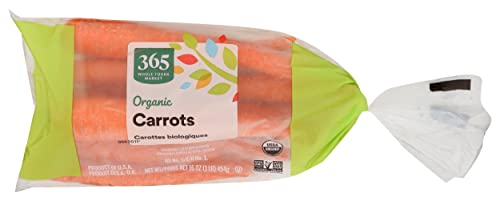
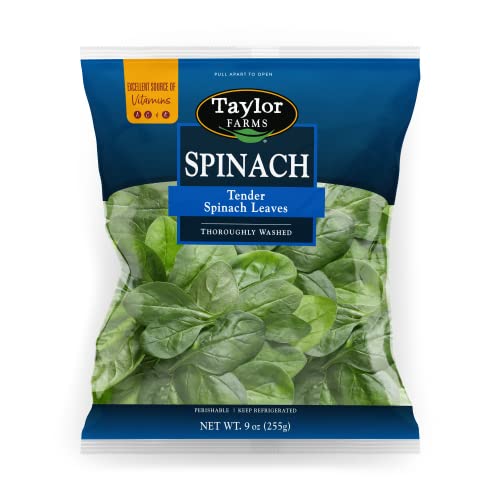
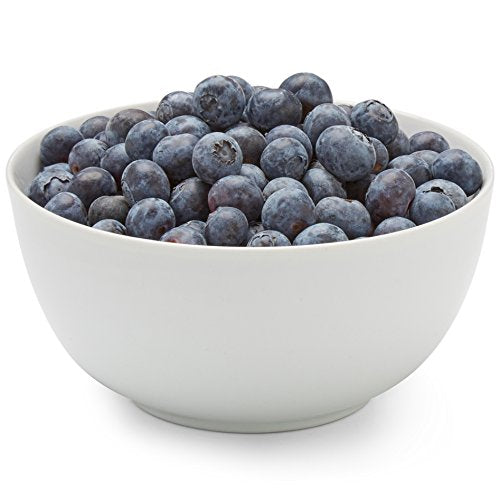

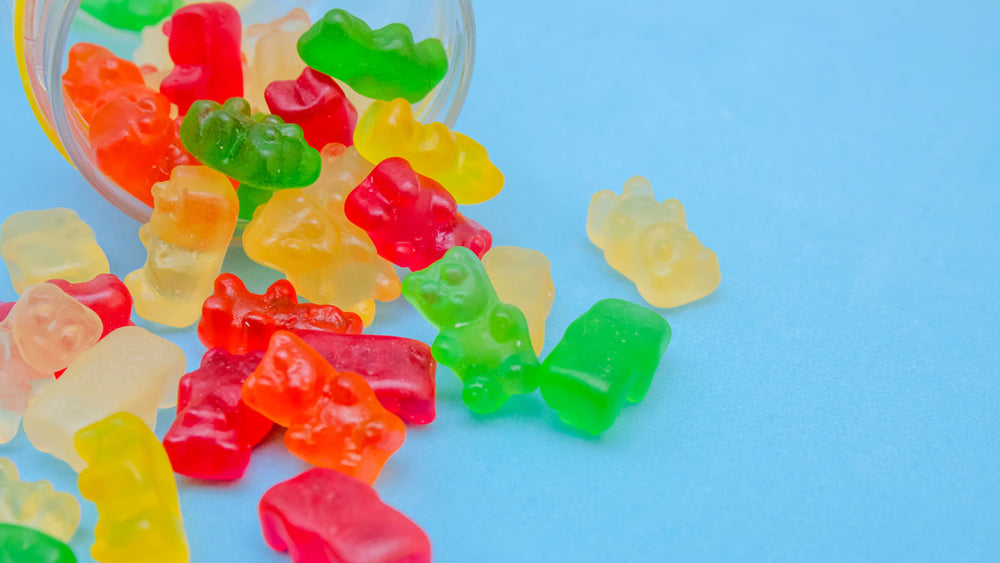


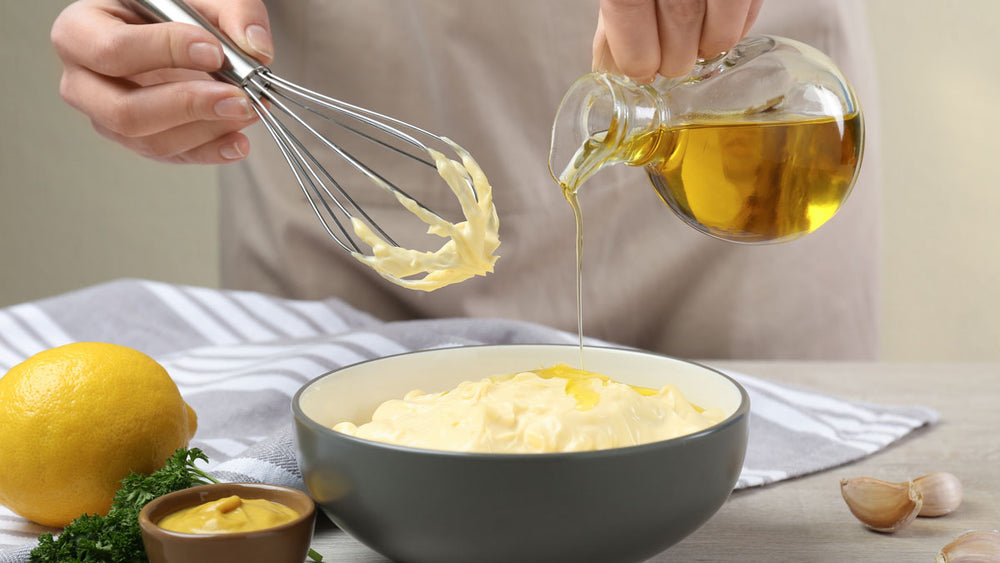
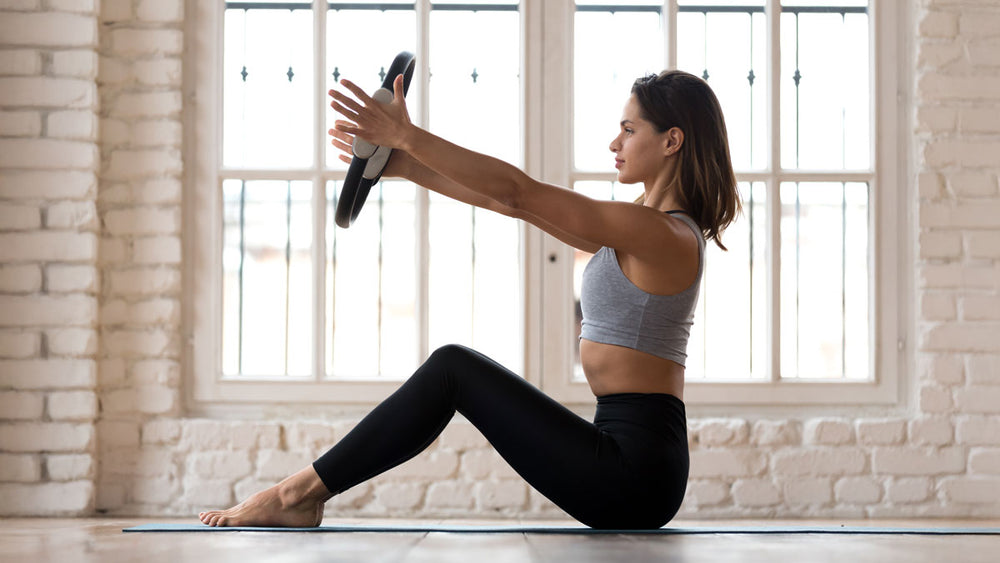



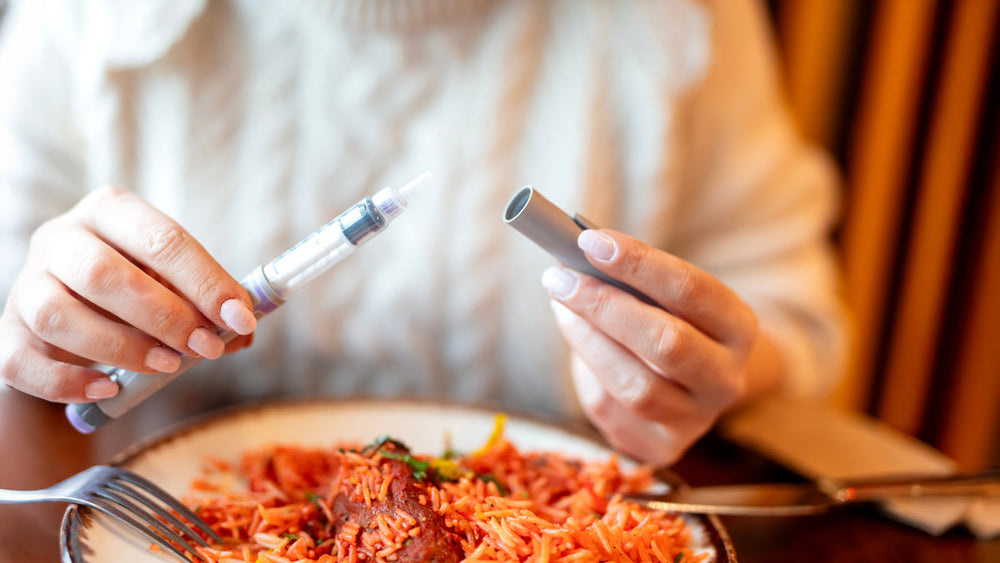
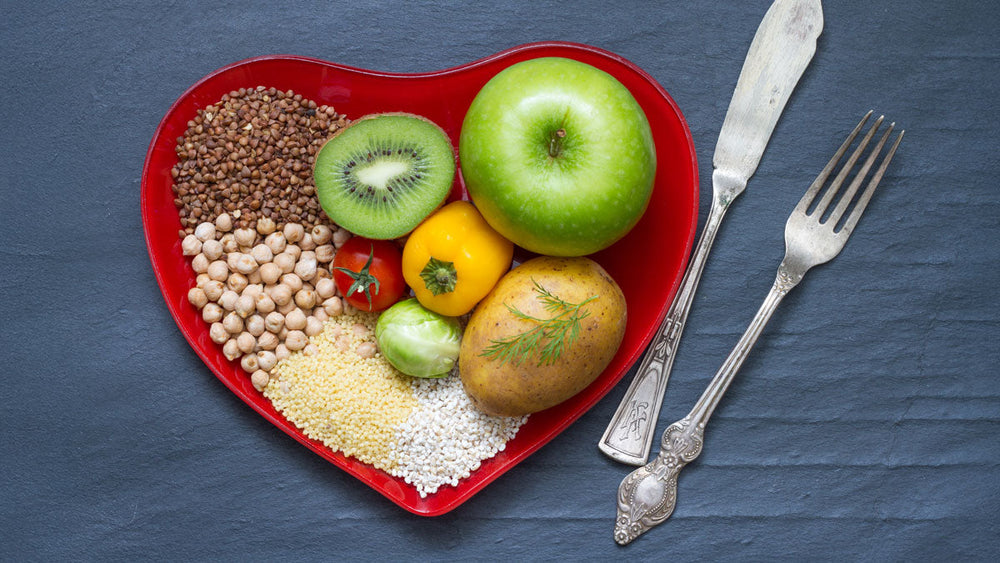



Comments
Join The Conversation...